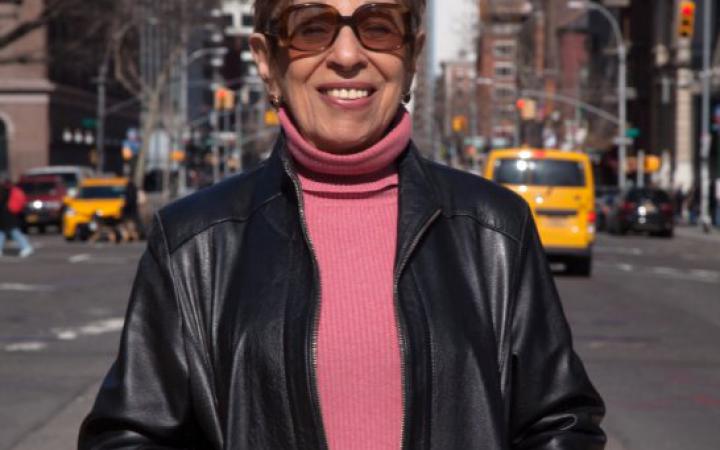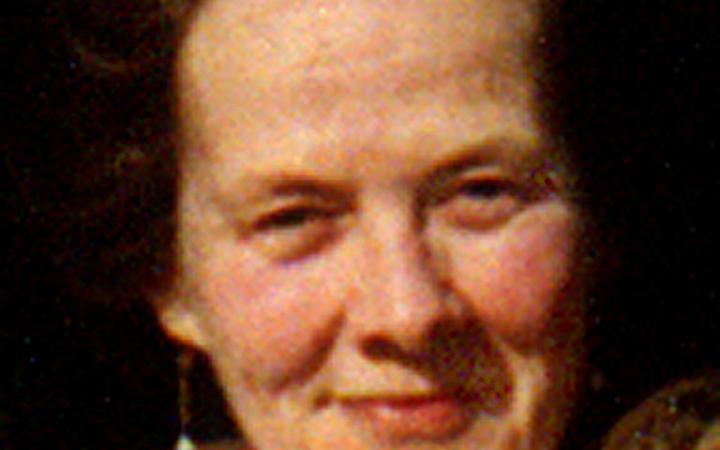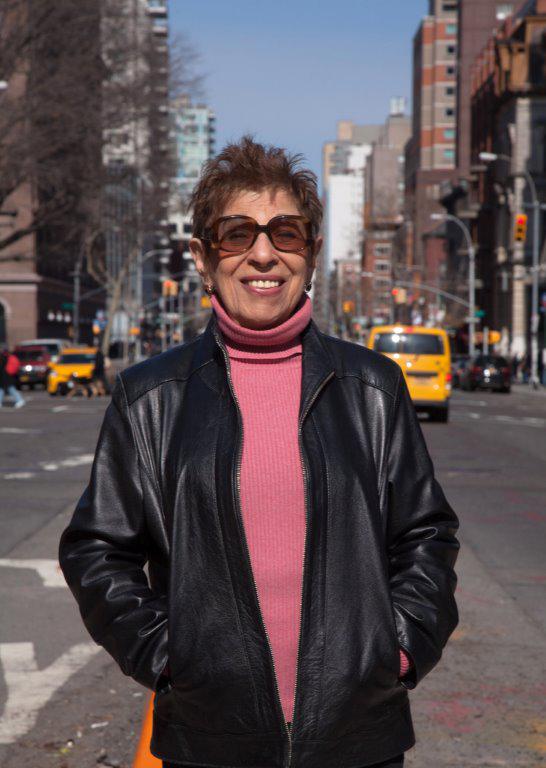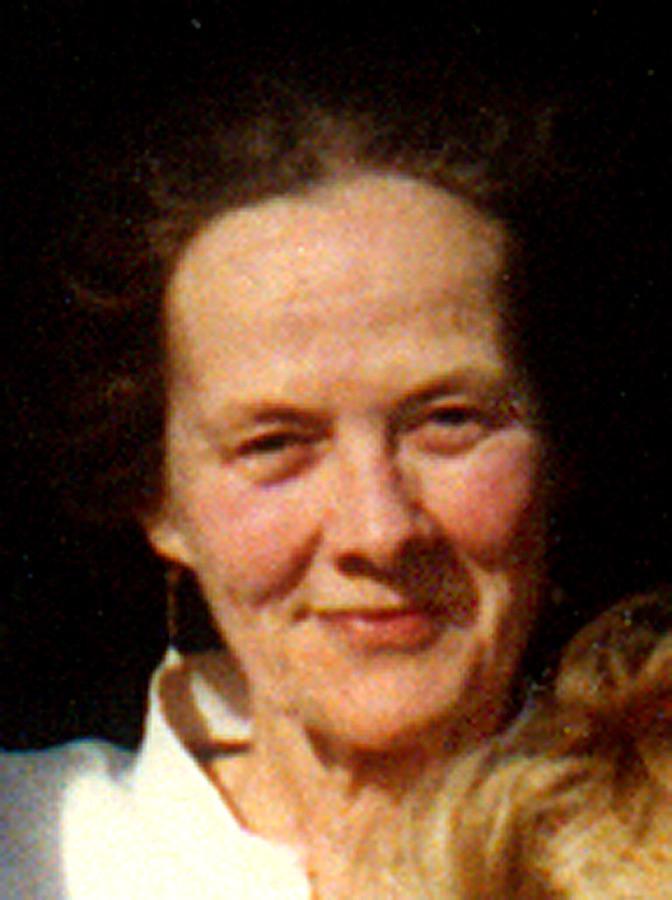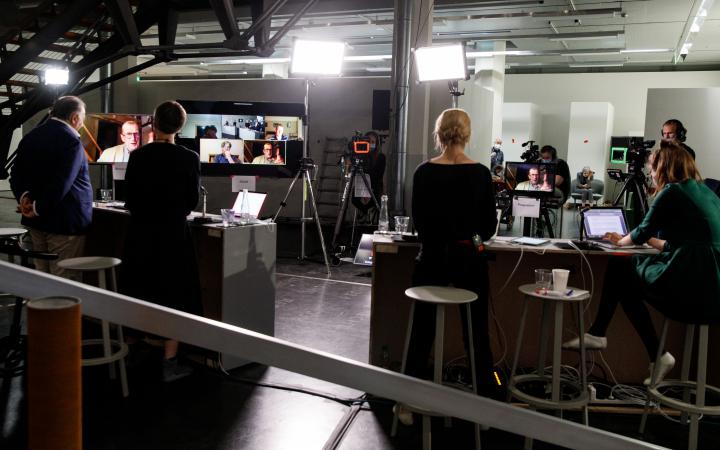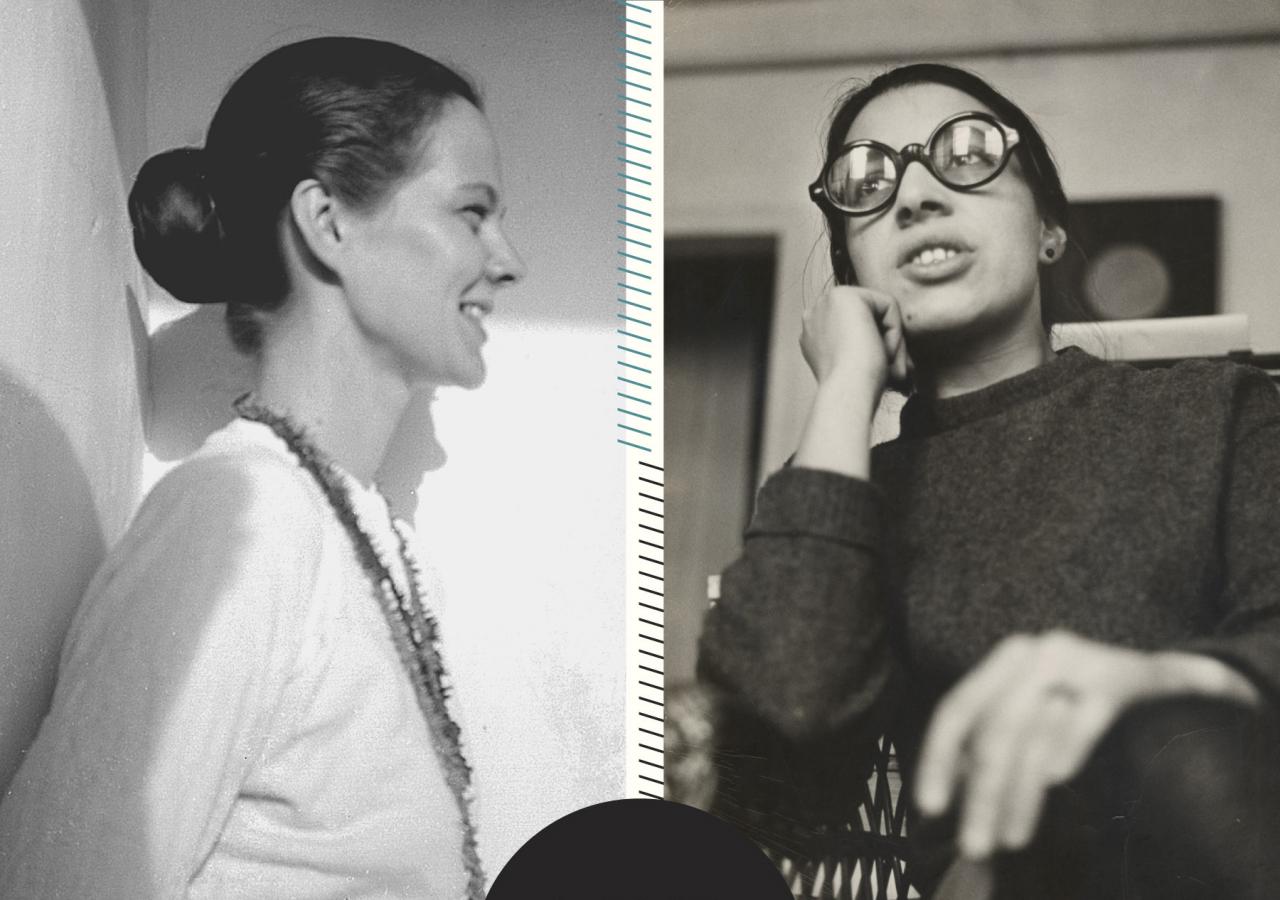
2017-03-01
Rescued by letter-writing
The correspondence between Hettie Jones and Helene Dorn, which has just been published, throws a spotlight on the women of the Beat Generation who emerged late from the male beatniks’ shadows. A review by Stephanie Fezer to celebrate the »Beat Generation« exhibition which can be seen currently at the ZKM.
Ever heard of Hettie Jones? Or Joyce Johnson, Carolyne Cassady, Joanne Kyger, Edie Parker, Joanna McClure, Denise Levertov or Elise Cowen? No? Not unusual; most people, even those who can recite the first lines from »Howl« from memory, do not know them. These women were part of the American bohemianism of the 1950s and 60s, on the periphery of the Beat Generation. They loved jazz and poetry and almost all of them broke away from their families for the sake of their independent lifestyle. Some of them were associated with the legendary Black Mountain College, some studied or taught at the New School in New York or at the Jack Kerouac School of Disembodied Poetics in Boulder, Colorado. Some of them later fell in with the hippies – like the most well-known female beatnik Diane Di Prima, who moved from New York to San Francisco in 1968 and became affiliated with the radical activists, the Diggers.
Generation of change
For many of these Bohemians, who were born in the 1920s and 30s, the social and moral turning point, which ultimately led to more acceptance of alternativeness, opposition – and to more opportunities for the young rebellions – came too late. Hettie Jones, who formed one of the rare »mixed-race« families of the time with jazz poet LeRoi Jones, said at a panel in New Jersey in 2014, »We were something of a crossover generation, a bridge between the past and the future, which came very quickly in the 1960s.«
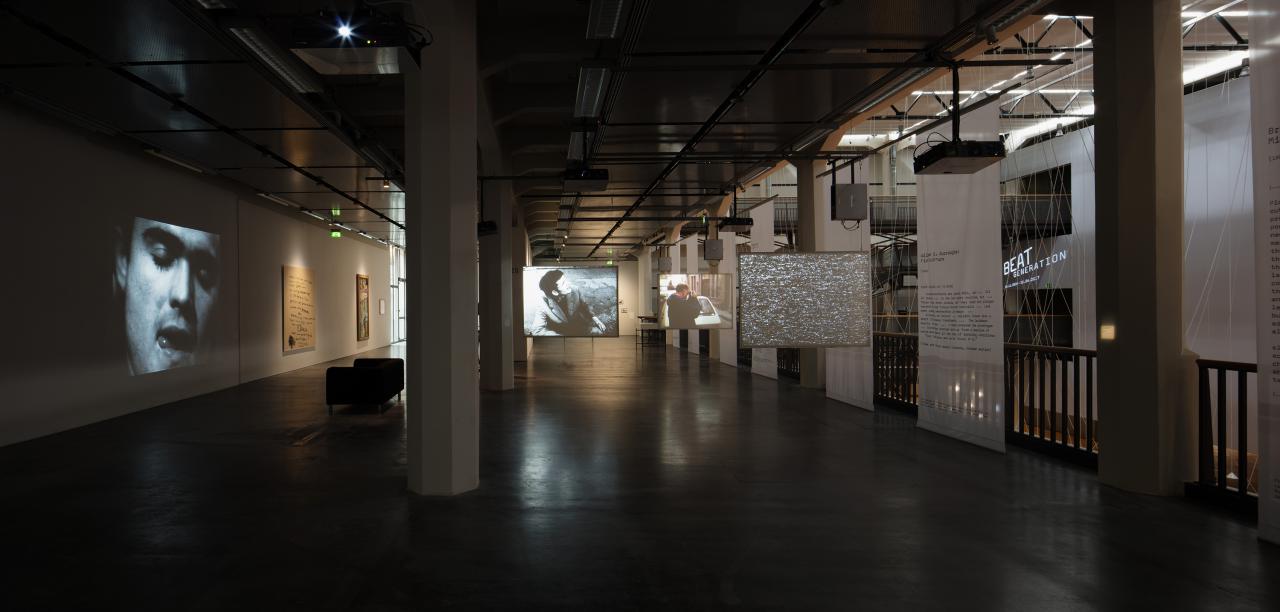
But the pioneering life was not easy. You can see this in »Pull my Daisy« from 1959, the most well-known beatnik film, directed by Robert Frank and Alfred Leslie, voice-over by Kerouac, with Allen Ginsberg and Gregory Corso in the main roles of this staged house party. And some other men. Delphine Seyrig, fresh from the Actors Studio, can be seen in her first ever film role, as the gracious decorum, wife, cleaner and mother. Between her host duties, she definitely also has fun – she also integrates the pad, as it’s known in beat slang, which she and her husband provide to the circle of friends, into an entertaining, intellectually stimulating community. Even if the household didn’t exist.
»The men trawl through the bars, while the women run the house«
The protagonists of the female avant-garde of the beat era, if married and with children, as was the norm, unavoidably maintained the classic family pattern. Often, they were also the sole wage earner. So that the men could trawl the bars, travel the world and advance their careers. »We perceived ourselves to be free because we had taken so many risks – even though we were not free at all,« writes Hettie Jones in her memoires. These women were often not free until they had separated from their artist partners. And almost all wrote memoires about the beat era.
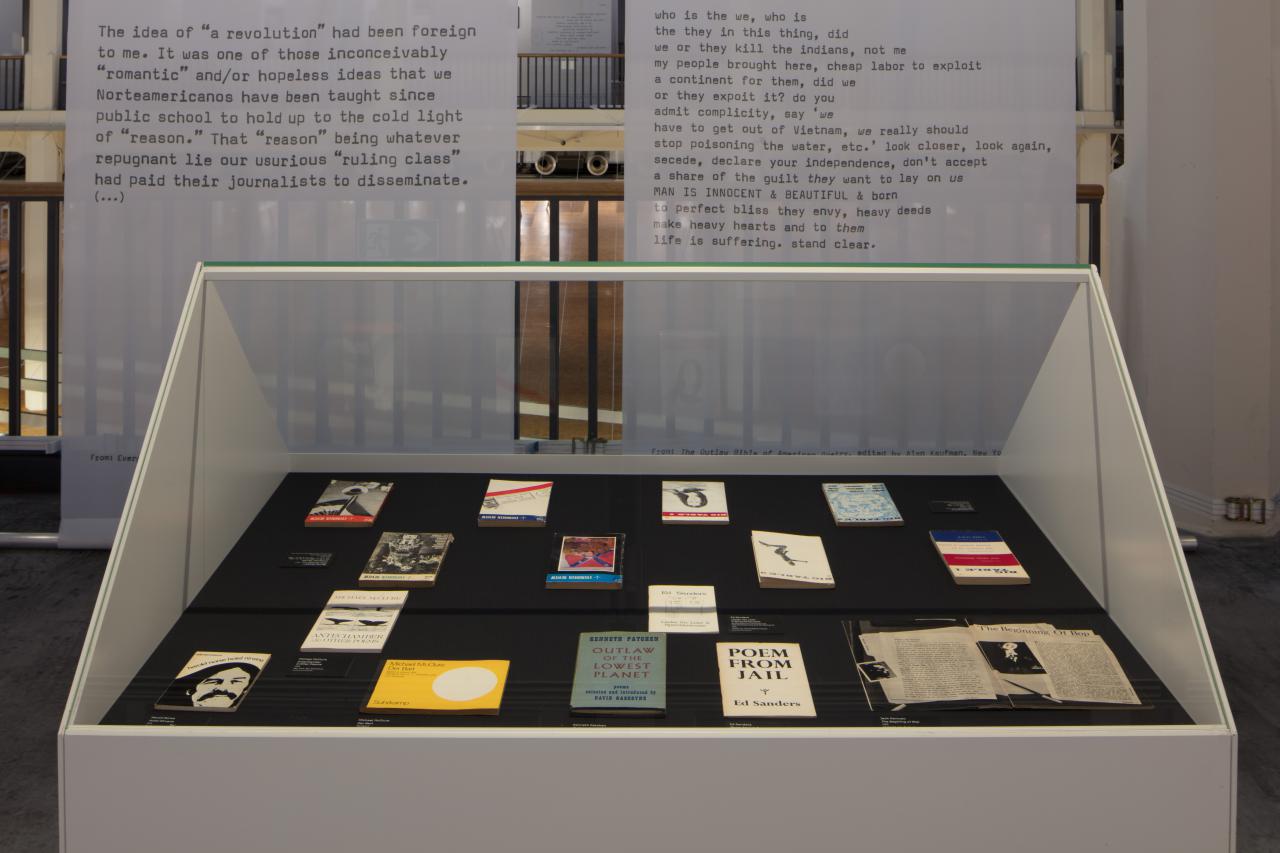
The male beatniks performed their texts in big groups, often as improvisation like Jack Kerouac, most to jazz music. This was inconceivable to a woman in this scene. »The women« remembers beat author Joyce Johnson in 2014, »never discussed their stuff. It was a little ridiculous that writing was almost a secret.« Hettie Jones, who was born Hettie Cohen in Brooklyn in 1934, also wrote in secret. Her husband, LeRoi was considered a genius, a celebrated exceptional talent, while she did not show her poems to anyone. She says herself that, as an author, she was only saved by her correspondence with a penfriend.
»Love, H« – Hettie Jones and Helene Dorn begin to write
In 1960, she met artist and artist’s wife Helene Dorn and immediately took her into her heart. The two friends, living far away from each other, began to send letters across the continent to each other; until Dorn’s death in 2004. »These letters saved me from drowning,« writes Hettie Jones retrospectively in her memoires. When writing letters, faxes or emails, she learned – she writes in the foreword to »Love, H«, the correspondence between her and Helene Dorn which has just been published by Duke University Press – to distinguish what was so important to herself that it had to be written down. She learned to find out what only concerned her. This was an important lesson, which none of the men who inspired her had taught her:
»I owed it to the dear Helene [...] to finally pick up the pencil.«
»Love, H«, in which Hettie Jones provides a commentary inbetween the letters, explains, creates bridges and is also a valuable contemporary document. Not just because you find out a lot from the avant-garde era from 1960, but also because you can almost see how these two women overcome their life paths financially, creatively and emotionally over 44 years of writing. What they think about other beatniks, bohemians and hippies, how they are interested in trend sports, new media, drugs, pop culture and political issues, how the 11th September 2001 shook their foundations. Hettie Jones, who lives in Downtown Manhattan, tells Helene Dorn how the property sharks are kicking the precariat out of the lofts and pre-war homes. She also tells of impressive neighbourly solidarity. Helene Dorn moves to the modern English artists’ town of Gloucester and has to battle depressions and baffling illnesses.
The women emerge from the shadows of their husbands
Their own four walls form the benchmarks of the two self-proclaimed “Babes in Boyland”, who call themselves “discarded wives” after they are left by their husbands. Their efforts to be perceived as independent artists succeed to a greater (Jones) or lesser (Dorn) extent. The self-doubt is deep-rooted. Hettie Jones, whose career is gaining pace the older she becomes, makes an extreme case in a letter to Helene Dorn in 1984: “I am so tired [...] the past, perhaps I am just an imposter who fell in with the wrong people.” Respect that she has decided to share all these clear-sighted thoughts with us.
Hettie Jones: »Love, H. The Letters of Helene Dorn and Hettie Jones.« Duke University Press 2016.
About the author
Stephanie Fezer lives in Berlin and works as a freelance author and editor. She studied German and English literary studies in Freiburg, Cologne and Berlin. In 2015, her translation of the novel »Torpor« by Chris Kraus was published by b_books.
Within the framework of the »Beat Generation» exhibition, Stephanie Fezer talked about women of the Beat Generation on March 31, 2017. Recently, the author revisited her reflections on the women of the Beat generation in the article »Namensfreiheit für alle!«.
Beat Generation
Sat, 26.11.2016 – Sun, 30.04.2017
ZKM_Atrium 8+9
Cost: Museum admission
